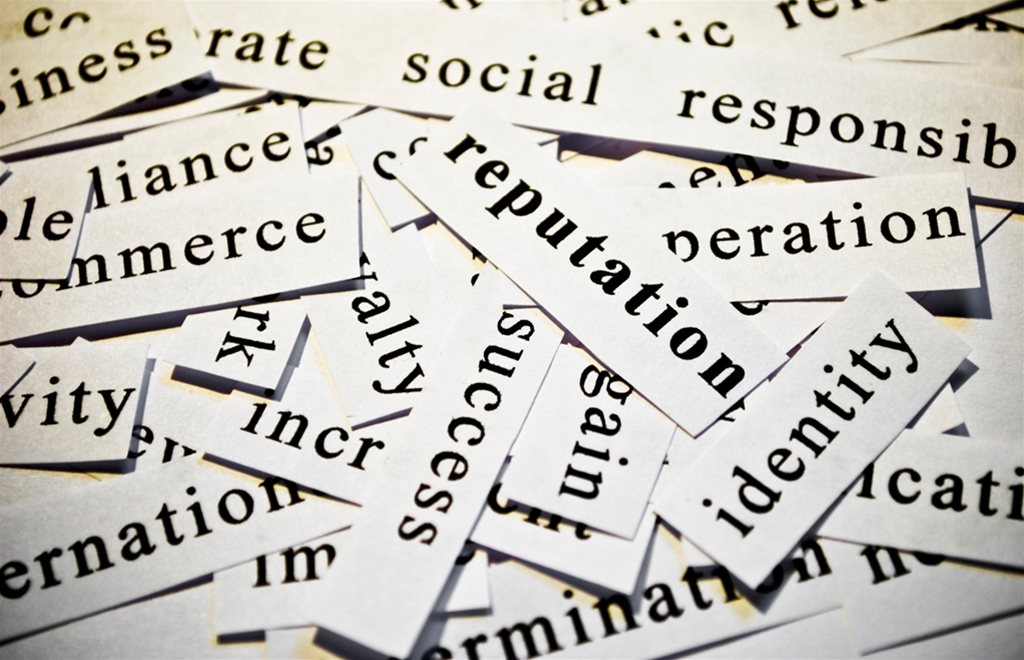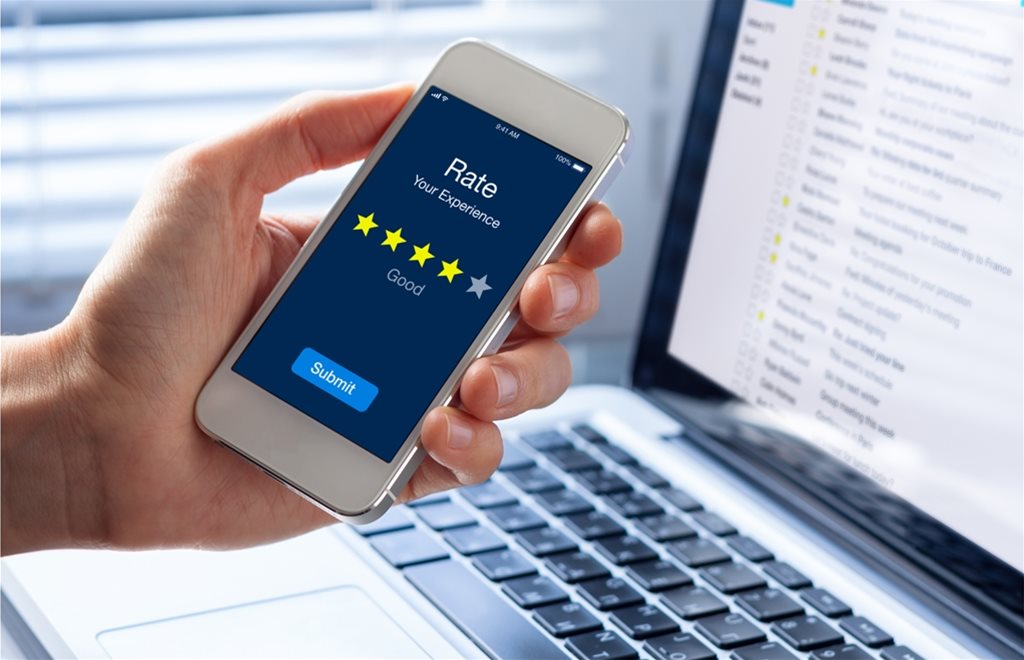As consumers turn to new ways of evaluating businesses and reputation is key, Arturs Kokins advises a rethink of risk exposure
JUST AS small flames turn into major fires, so in the current climate can singular events have severe repercussions on the reputations of businesses. Built over years in many cases, reputation is quickly becoming one of the main drivers of corporate value. This is particularly the case now, when so many consumers are concerned about the social responsibility of the brands they buy from. In the future, the importance of reputation and trust management will only increase, and those that fail to factor this into their risk management strategies could potentially suffer from a major blind spot.
The new consumer
In the wake of the pandemic, the reputational landscape that organisations have had to manage has become much more complex for a range of reasons. Although many of the trends we are seeing now existed before COVID-19, the crisis has accelerated them in a way that will leave a lasting impact. In this environment, a new consumer is emerging. We know that they are financially constrained, more selective in terms of the brands they purchase from and value driven.
Recent research1 from KPMG has found that four in ten consumers are financially worse off as a result of the pandemic, with another 13% deferring major purchases. Just under half, 43%, feel overwhelmed and physically vulnerable. Heightened concern for how organisations consider vulnerable customers in their decisions impacts firms more significantly now, on the basis that this includes a high proportion of consumers who perhaps did not feel vulnerable previously.
In a similar way, concerns about their own finances are without doubt going to translate into consumers’ purchasing decisions. Customers will increasingly be thinking: will I be safe when I interact with this company? Can I trust them to put my wellbeing before profit? Will my data be safe? Will they behave creditably where their environmental and social obligations are concerned?
Going forward, businesses will need to allocate more time and resources to evidencing the ways in which they are prioritising the wellbeing of their customers and employees over their profits, to appeal to consumers.
Not what, but how
A few decades ago, reputation management used to focus on what organisations did, or the so called ‘capability reputation’. This was more about the products or services organisations offer, the price at which they offer it and in what quality. This type of reputation tends to be quite stable – once a business acquires it, it is not typically subject to much movement. There have been cases in which this has gone wrong however, for example when certain product lines are recalled due to faults.
Over the last few years, and particularly the last few months, ‘capability reputation’ has given way to ‘character reputation’, with a heightened focus on how organisations act rather than what they sell. The associated risks are related to stakeholders perceiving the organisation to be acting in an illegal or unethical way. It is increasingly the case that instances of reputation damage are subject to the evolving moral standpoints of society.
This means that when the expectations and priorities of stakeholders shift, but the character of the organisation stays the same, the perception-reality gap widens and the organisation can suffer reputation damage.
Not only do firms now face increasing pressure to behave responsibly, it is also critically important that risk management teams are constantly analysing the risk landscape to ensure that behaviours are being readjusted to meet changing expectations.

A value boost
Reputation can be a major driver or destroyer of corporate value. One of the most obvious measures of reputation, and certainly the one that applies to the capability of the organisation, is its ratings and reviews. Ratings became particularly important with the introduction of online businesses and the exponential growth in internet usage.
One of the first consumer review sites was launched in 1999 and, since then, reading reviews has become an influential part of most purchase decisions. According to studies, just a one star increase on a high quality review site can create a 5-9% increase in its revenue2.
But having a good reputation does not only benefit organisations in terms of consumers. Businesses with good reputations also attract the best talent. We know that around two thirds of jobseekers are happy to turn down offers from companies with reputation problems. We also know this presents a blind spot to firms who have not yet processed this into their risk management strategies.
According to some studies3, 58% of executives believe that online reputation management should be addressed, but only 15% actually do anything about it. One of the main challenges in reputation management is the difficulty in quantifying it, part of the reason being that there are inconsistencies when it comes to defining what a firm’s reputation means within the context of its business.
The most significant issue is that the link between reputation and corporate value is only visible through proxy indicators. For example, an investor might be willing to overpay for an organisation’s shares due to its strong reputation, indicating positive valuative impact. Conversely, after a notably negative incident hits the press, a company may see a loss in its share price or a reduction in sales – but this is difficult to tangibly link back to that particular incident, despite it being fairly obvious.
There is strong evidence that reputation can be extremely valuable, with some estimates showing that it can reach trillions of US dollars worldwide. Reputation seems to be particularly important in high growth industries such as technology, in which it can constitute more than 40% of business value, as some studies suggest4. However, even in more mature and predictable sectors such as utilities, reputation can constitute as much as 25% of the corporate value.

Safeguarding reputation
Many organisations approach their reputational challenges in a reactive way, after an adverse event in the media or elsewhere. Instead of making sure that things do not go wrong in the first place, they spend significant resources on restoring their reputation. Our research indicates that those organisations that are the most advanced in their reputation management use proactive methods to predict potential adverse behaviours within the organisation.
Boards of organisations such as these are increasingly interested in their reputation value and want to understand how to measure it, devolving responsibility to groups of intra departmental reputational stakeholders and involving risk management. They are also regularly ‘horizon scanning’, to ensure that no significant social movements outside of the business are missed.
Furthermore, leading organisations make sure that their risk managers work closely with risk owners, including chief executive officers, chief financial officers, chief marketing officers and in some cases product managers. Too often, risk managers try to minimise exposures without balancing them with the general business strategy and operational practices led by risk owners.
Something we have continuously observed during the course of the pandemic is that reputational missteps can escalate very quickly. Broad operational resilience is therefore becoming increasingly important, as well as going beyond what was initially seen as a theoretical planning exercise in response to the requirements set out by the regulators.
Throughout the pandemic, every firm has faced the challenge of relying on operational resilience plans of some form to engage in real time crisis management. We expect that this will quickly become the new normal. Organisations will flourish if they think carefully about their operational resilience, put broad stakeholder value ahead of narrow shareholder value and have the flexibility to react quickly. Conversely, organisations which struggle to adjust will find it difficult to prove their long term value.
Towards intangibles
Reputation is of course just one of many intangible assets that are becoming key determinants of corporate value. As the economic landscape shifts, many organisations have increasingly transitioned from generating value from manufacturing plants and machinery to data, customer relationships and intrinsic knowledge of their staff members.
It is no surprise then that the value of businesses on the S&P 500 stock market index has shifted from around 17% in intangible assets in 1975 to 84% in intangibles in 2015. As KPMG’s most recent report5 on this indicates, many of these assets are poorly understood and poorly protected.
To ensure that this is not missed, the following are some of the questions you should be asking your organisation:
- how well do you understand the value of your reputation, IP or human capital?
- how much of it is visible on your balance sheet and how much of it is hidden?
- how well do you understand the risks and how well are you protecting these assets?
- have you adjusted your risk management practices to prepare for the diverse intangible risks, or are your risk management practices still primarily geared towards protecting your physical assets?
- what are insurers doing to provide solutions to prevent or mitigate these risks?
- are you speaking regularly with your insurance brokers and insurers about the best ways to keep your intangible assets safe?
Arturs Kokins is an associate director in the global strategy group at KPMG

References
- Customer first. Customer obsessed. Global Customer Experience Excellence report, 2019, KPMG, https://home.kpmg/xx/en/home/insights/2020/01/customer-firstinsights-home.html
- Reviews, Reputation, and Revenue: The Case of Yelp.com, Michael Luca, Harvard Business School, https://www.hbs.edu/faculty/Publication Files/12-016_a7e4a5a2-03f9-490d-b093-8f951238dba2.pdf
- 100 Reputation Management Stats for 2020, Status Labs, https://statuslabs.com/reputation-management-stats-2020/
- What price reputation? Corporate Reputation Value Drivers: A Global Report by AMO, AMO Strategic Advisors, https://www.amo-global.com/files/media/files/04411587427371e912e14b4b93476f48/AMO_What_Price_Reputation_report.pdf
- Protecting intangible assets: Preparing for a new reality – Preparing for a new reality of new assets and new threats, KPMG, https://home.kpmg/uk/en/home/insights/2020/08/protecting-intangibleassets-preparing-for-a-new-reality.html